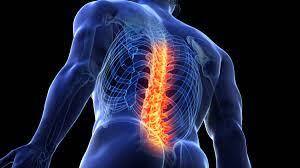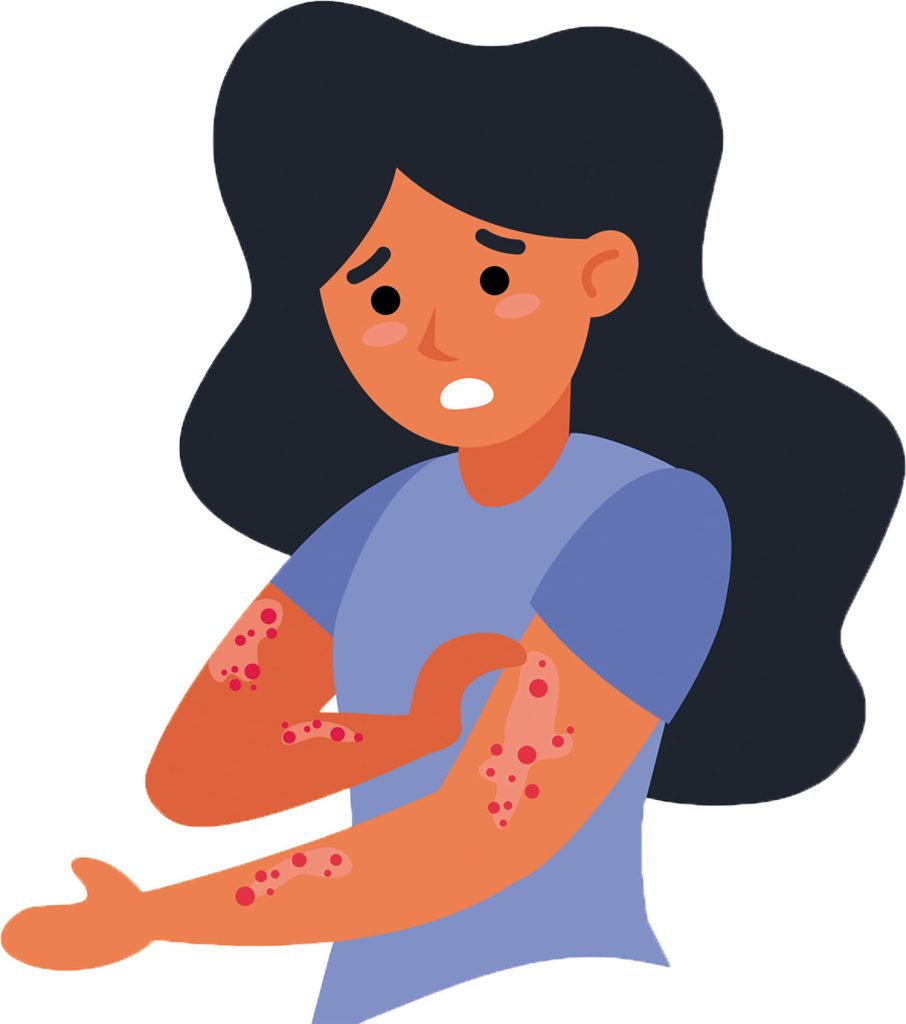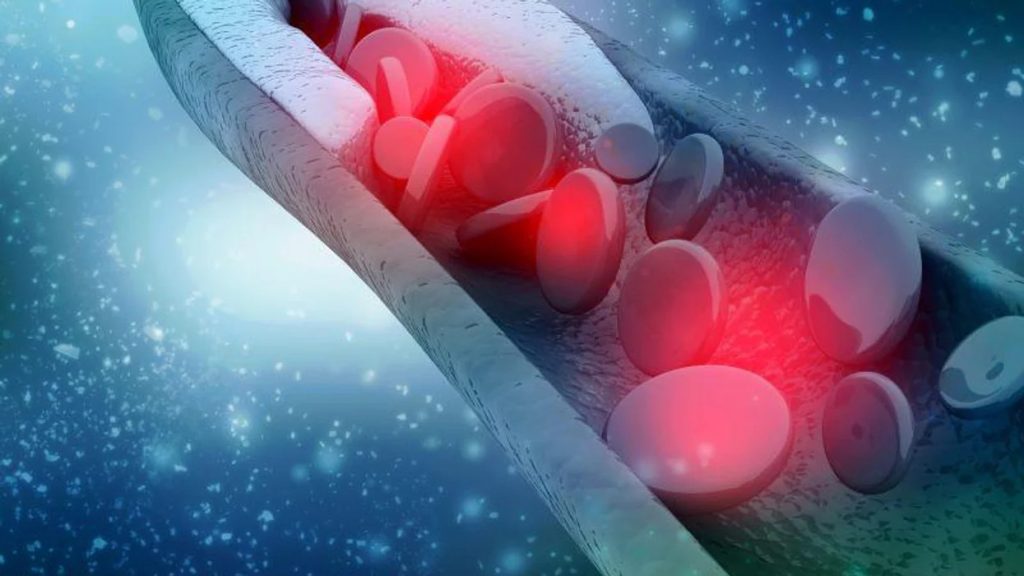Aspartame: Classified as a carcinogen by health experts?
An artificial sweetener called aspartame can be found in diet sodas, chewing gum, and other goods.
Aspartame is anticipated to be identified as a probable carcinogen by WHO officials. However, according to experts, it is unclear how much of the sweetener a person has to ingest to raise their chance of developing cancer.
One of the top health organisations in the world may soon designate a common artificial sweetener, which is included in chewing gum and diet drinks alike, to be potentially carcinogenic.

The International Agency for Research on Cancer (IARC) of the World Health Organisation (WHO) is anticipated to classify aspartame as “possibly carcinogenic to humans” for the first time, according to a Reuters report.
According to Reuters, the IARC decision was reached in June during a gathering of the group’s specialists and is meant to determine whether something poses a risk based on published research. How much of a product someone can safely ingest is not taken into account in the choice.
This year, the JECFA (the Joint WHO and Food and Agriculture Organization’s Expert Committee on Food Additives) committee on additives is also looking into the usage of aspartame. According to Reuters, it started meeting at the end of June, and authorities will make its conclusions public on Friday along with the IARC’s decision.
The aspartame controversy
The disclosures created a rift with significant food producers who frequently use aspartame, mostly as a sugar substitute. Similar IARC decisions in the past have sparked litigation, alarmed consumers, and forced firms to look for substitute substances.
In accordance with recognised daily limits, aspartame is safe, according to WHO regulators since 1981. According to Reuters, an adult weighing 60 kg (132 pounds) would have to consume 12 to 36 cans of diet Coke each day, depending on the amount of aspartame in the beverage, to be at danger.
Other regulatory authorities, including those in the US and Europe, have expressed the same position.
Carcinogenic, probably carcinogenic, potentially carcinogenic, and not classifiable are the four categorization categories used by the IARC. Each level is determined by the quality of the supporting data, not by how hazardous a chemical is in particular.
Products like processed meat, asbestos, and electromagnetic waves from cell phones have all been labelled as potential carcinogens at one point or another depending on use.
Is aspartame a safe artificial sweetener?
Numerous studies on aspartame have been conducted over years. A study conducted on 100,000 persons in France in 2022 found a small increase in cancer risk among those who consumed more artificial sweeteners, especially aspartame.
Aspartame was associated with several tumors in mice and rats, according to a study conducted by the Ramazzini Institute in Italy in the early 2000s.
However, the first study was unable to demonstrate that aspartame was responsible for the elevated cancer risk, and concerns have been raised about the second study’s methodology.
It’s critical to recognize when a product fits into one of the IARC’s four categories, according to Dr. Misagh Karimi, an oncologist who specializes in gastrointestinal malignancies at the City of Hope Orange County Lennar Foundation Cancer Centre in California.
“While hearing about this news regarding aspartame can be perplexing and upsetting, it is crucial to understand that the IARC does not take into account the magnitude of risk of these carcinogens, and a Class 2B carcinogen does not equate to a certain or even possible cause of cancer,” Karimi added.
He continued, “To put it simply, a Class 2B categorization, which aloe vera and nickel are listed under as well, meaning there are some hypotheses and weak evidence leading researchers to suspect that aspartame could probably cause cancer.
Having a balanced diet
Aspartame is included in almost 6,000 food products, according to Melanie Murphy, a licenced dietician and nutritionist who teaches in the nursing programme at the University of California, Irvine. Aspartame is “leaned on” by many people to control their diabetes and weight.
When it comes to food and wellness, everything has a place, according to Murphy. Aspartame consumption has been authorized by the [Food and Drug Administration] at a rate of 50mg per kg of body weight [per day], which is extremely high. For instance, the FDA estimates that a 130-pound person might take approximately 3,200 mg of aspartame per day, or more than 15 cans of Diet Coke.
According to Murphy, aspartame consumption is substantially lower than average. That still leaves open the question of how much is too much.
Given that the FDA’s approval is significantly more than the typical daily use, she added, “based on the science, it’s unclear as to what a reasonable amount could safely be at this point.”
Aspartame is present in some form in 75% of all diet beverages, sugar-free snacks, and sugar-free candies, according to Hejeebu. The main issue with artificial sweeteners is that when consumers believe the food or beverage they are consuming is ‘diet,’ they overindulge. The results are not conclusive, but diet soda intake has been related to diabetes and obesity getting worse.
Hejeebu continued, “Most of the time we don’t even know an artificial sweetener is in the goods we’re buying. Other naturally occurring sweeteners include stevia, xylitol, and monk fruit extract. These might be marginally superior, but we can’t be certain because further research is required.”
Foods that include aspartame
Aspartame is included in other products besides diet soda, according to Matthew Landry, Ph.D., an assistant professor of community health and disease prevention at the University of California, Irvine.
Additionally, it can be found in dessert mixes, frozen desserts, yoghurt, and chewing gum. Even vitamins, supplements, and cough medicines may contain it, according to Landry.
He said, “But that doesn’t mean you can’t find alternatives.” “Knowing what to look for in the grocery store comes first. Processed foods will most likely include aspartame. “The product contains aspartame if either the word ‘aspartame’ or ‘phenylalanine’ is present,” Landry stated.
Anything with the labels “diet” or “sugar-free” probably includes aspartame, he said.
When in doubt, choose whole fruits and vegetables because they don’t contain aspartame or artificial sweeteners and offer a variety of other health advantages including fiber. If you do need to sweeten a food or beverage, think about using honey or maple syrup.
According to Dr. Jessica Jones, an oncologist from Memorial Hermann and UTHealth Houston, there is still no conclusive evidence linking aspartame to cancer. She did, however, provide some suggestions for individuals who wish to ensure that their beverage isn’t raising their risk of developing cancer.
Consider switching fully to water or tea instead of soda, she advised.
REFERENCES:
- https://www.medicalnewstoday.com/articles/artificial-sweeteners-why-health-officials-may-declare-aspartame-possible-carcinogen
- https://www.healthshots.com/health-news/artificial-sweetener-aspartame-may-cause-cancer/
- https://people.com/who-announce-artificial-sweetener-aspartame-may-cause-cancer-7555918
For Overall health medications that have been suggested by doctors worldwide are available here https://mygenericpharmacy.com/index.php?cPath=77_328








